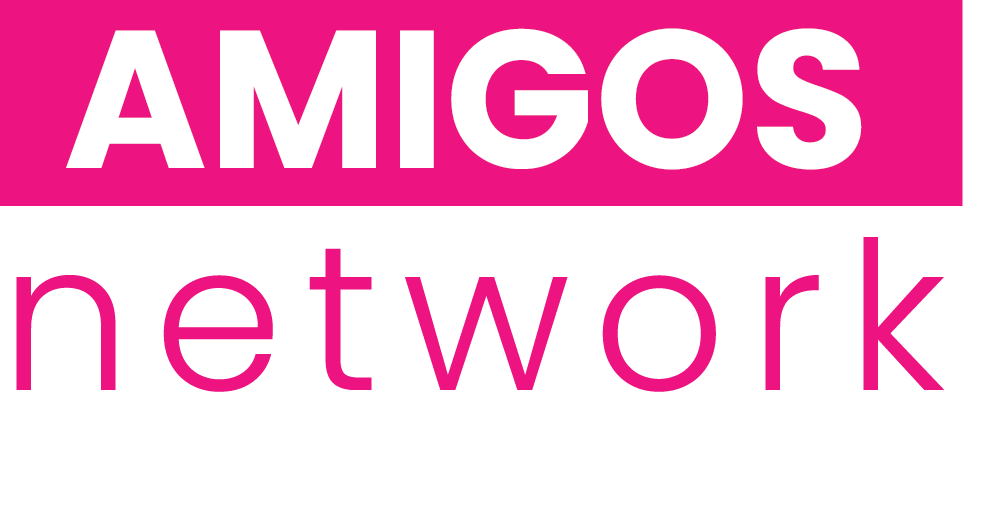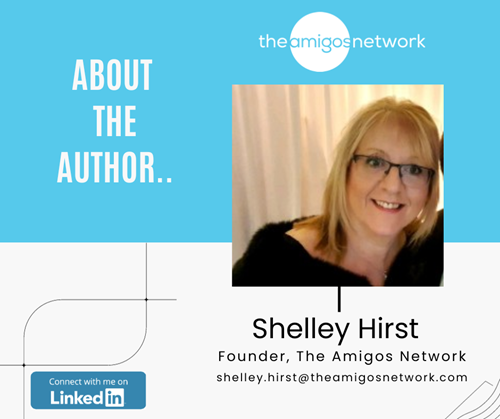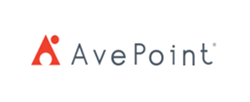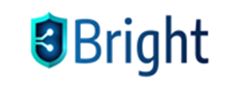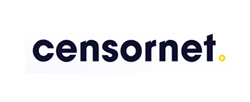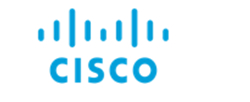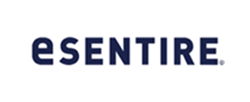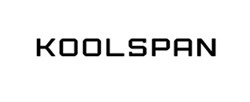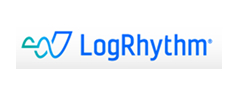Monday, October 23, 2023 by Shelley Hirst
If I had a pound every time a sales or marketing leader said their “target is the CISO”, I would have retired years ago! Despite the fact modern buying decisions rarely being made by one individual, there’s no denying the quest for conversations with CISOs remains pretty much the ‘No.1’ request by clients.
As guardians of an organisation's digital assets, CISOs clearly play a pivotal role in shaping and implementing an enterprise's security strategy. As such it’s crucial to understand the multifaceted responsibilities they may hold to understand the projects they’re likely to be championing.
Once that logic is applied it would figure a “one-size-fits-all” approach shouldn’t be taken to the content creation, nor any resulting sales conversations. Only by truly understanding their focus, size, type or organisation, maturity of market, can relevant and engaging content be produced.
Let's delve into the areas of responsibility they hold and why comprehending these distinctions is crucial when positioning your brand, products and services in the very content created for their consumption.
1. The traditional CISO
Responsibilities: The Traditional CISO is largely responsible for the organisation's overall cybersecurity framework. This entails implementing security policies, managing security teams, and ensuring compliance with legal and regulatory requirements. They often have a strong background in IT and security technologies.
Why it matters: When creating content for Traditional CISOs, vendors should emphasise the technical merits of their solutions, integration capabilities, and compliance features. These CISOs will appreciate deep dives into the technical architecture and clear ROI metrics.
2. The governance, risk, and compliance (GRC) CISO
Responsibilities: GRC CISOs focus predominantly on risk assessment, policy creation, and compliance adherence. They ensure that the organisation aligns with industry regulations and standards, and they often liaise with legal and regulatory bodies.
Why it matters: Content targeting GRC CISOs should highlight how a product or service can simplify compliance processes, mitigate risks, and adapt to evolving regulatory landscapes. Case studies showcasing successful risk management or compliance stories would particularly resonate with them.
3. The business-driven CISO
Responsibilities: These CISOs understand that security isn't just about technology—it's a business enabler. They focus on aligning security strategies with business goals, ensuring that security investments drive business value. Their background often intersects IT, security, and business strategy.
Why it matters: When creating content for Business-Driven CISOs, vendors should emphasise the strategic advantages of their solutions. Demonstrating how a product can foster business growth, improve customer trust, or enable new revenue streams will capture their attention.
4. The transformational CISO
Responsibilities: Charged with driving digital transformation while ensuring security, the Transformational CISO is often seen in organisations undergoing significant technological shifts. They champion innovative technologies like AI, IoT, and cloud while ensuring these adoptions do not compromise security.
Why it matters: Vendors should focus on showcasing how their solutions support and enhance digital transformation initiatives. Content that highlights seamless integration, scalability, and future-readiness will resonate most with Transformational CISOs.
5. The incident response CISO
Responsibilities: This CISO type is laser-focused on responding to and mitigating security incidents. They ensure swift action during breaches, manage communication during crises, and often work closely with PR and communications teams.
Why it matters: Content for Incident Response CISOs should emphasise rapid detection, actionable insights, and streamlined recovery processes. Real-world examples of successful incident handling or disaster recovery stories can be especially impactful.
While the CISO might be responsible for the overall strategy, vision, and leadership in the information security realm, targeting only the CISO is a sure-fire way to slow up the process of making sales in-roads.
And what of the wider team?
Size matters here. Depending on the type of organisations you’re targeting will also depend on the range of messages you need to deliver and to whom.
In Enterprises: While there’s usually only one CISO, there is often a team or entire department that reports to the CISO. This team may consist of various roles, including but not limited to:
- Security Analysts: Professionals responsible for analysing and interpreting data related to an organisation's security posture.
- Security Engineers: Individuals who design and implement security solutions.
- Incident Responders: Specialists who handle and investigate security incidents.
- Security Architects: Those who design the overarching structure of security solutions and infrastructure.
- Compliance and Risk Managers: People who ensure that security policies and practices meet regulatory and internal standards.
- Security Awareness Trainers: Those in charge of educating staff about security best practices
In SMBs: The CISO might have a more hands-on role, potentially covering multiple responsibilities due to resource constraints. In some cases, smaller organisations might not even have a dedicated CISO but instead have an IT leader who assumes the security responsibilities.
In conclusion
Understanding the nuances between different CISO types and applying that to the size of organisation they work for is paramount for IT security vendors aiming to create compelling, tailored content.
By recognising the specific challenges and priorities CISOs and their teams face, vendors will not only enhance their engagement strategies and cut through the noise, but also establish stronger, more meaningful connections in the complex landscape of IT security.
If this makes sense to you ......
Take a small step. Ask us to show you how Market Activation™ will help amplify your brand, identify buyers with purchasing intent and create better-informed sales conversations!
It can be a complete enabler for small/newly funded businesses or as a programme that's part of a wider demand generation strategy.
Vendors looking to support their partner channels in their demand-creation efforts find it particularly beneficial if they build it into their channel programmes.
Forward-thinking distributors wishing to offer value to vendors and partners by engaging and managing relationships directly with buyers are also creating interest.
And great news for the budget holders - depending on where you sit there are models some customers have adopted that have made it cost-neutral or revenue-positive at source.
Frequently Asked Questions
Market Activation identifies in-market buyers (via intent data, behavioural signals) and immediately engages them with tailored outreach (nurture tracks, one-to-one advisor sessions, community invites).
Demand Engine: Targeted outreach (email, ads, sponsorships) that scores clicks → qualified leads → sales-ready appointments.
Performance Dashboard: Real-time visibility into open rates, CTOR, CPL and lead progression via our online sales portal.
Content Amplification: Thought leadership shared in The Amigos Network drives deeper engagement and social proof.
Peer Validation: Prospects get candid feedback from peers on your solutions, shortening the evaluation cycle.
Pipeline Catalysis: Warm introductions and referral paths within the community fuel high- intent conversations.
- Top-of-Funnel: Build credibility through community content and events.
- Mid-Funnel: Leverage peer case studies, expert Q&As, and live demos to answer deep technical questions.
- Bottom-of-Funnel: Invite high-intent members to advisory councils or private 1:1 sessions, often the final nudge before purchase.
- Interesting content: We originate, curate, and syndicate different types of content we know our audiences want to engage with and tell them it’s there.
- Sponsored content: We use sponsored content to drive engagement with individual brands.
- Promotion: We promote that content via multiple channels such as email, social media, YouTube, and so on.
- Identification: We ingest company-level engagement signals and combine it with known contacts that may be researching key topics.
- Segmentation: Members are bucketed by level of intent (high, medium, low) plus ICP fit and company size.
- Activation: High-intent members receive prioritised community invitations (events, focus groups, product deep-dives) to accelerate deals.
- Purchased data highlights who’s in-market.
- Community engagement reveals what questions they’re asking, so your nurture can be hyper-relevant.
- Result: A 2–3× lift in meeting acceptance and pipeline velocity vs. cold outreach alone.
- Marketing owns the nurture tracks, community invites, educational content, and event promos.
- Sales intervenes only at “high-intent + active community engagement” thresholds, with account-specific demos and peer introductions.
- Outcome: Fewer wasted calls and a higher win rate on truly qualified opportunities.
- Engagement Metrics: Community log-ins, event attendance, content downloads.
- Intent Conversion: % of intent-scored members who join private roundtables or request demos.
- Pipeline Velocity: Time from first community touch to opportunity creation.
- Revenue Impact: Contribution of community-sourced deals to overall bookings.
- Average Weekly Open Rate: 40%
- Average Weekly Click-to-Open Rate: 70%
- Average Cost-per-Lead: £45
- Minimum ROI: 500%
- Average Dwell Times: 1 minute 45 seconds
